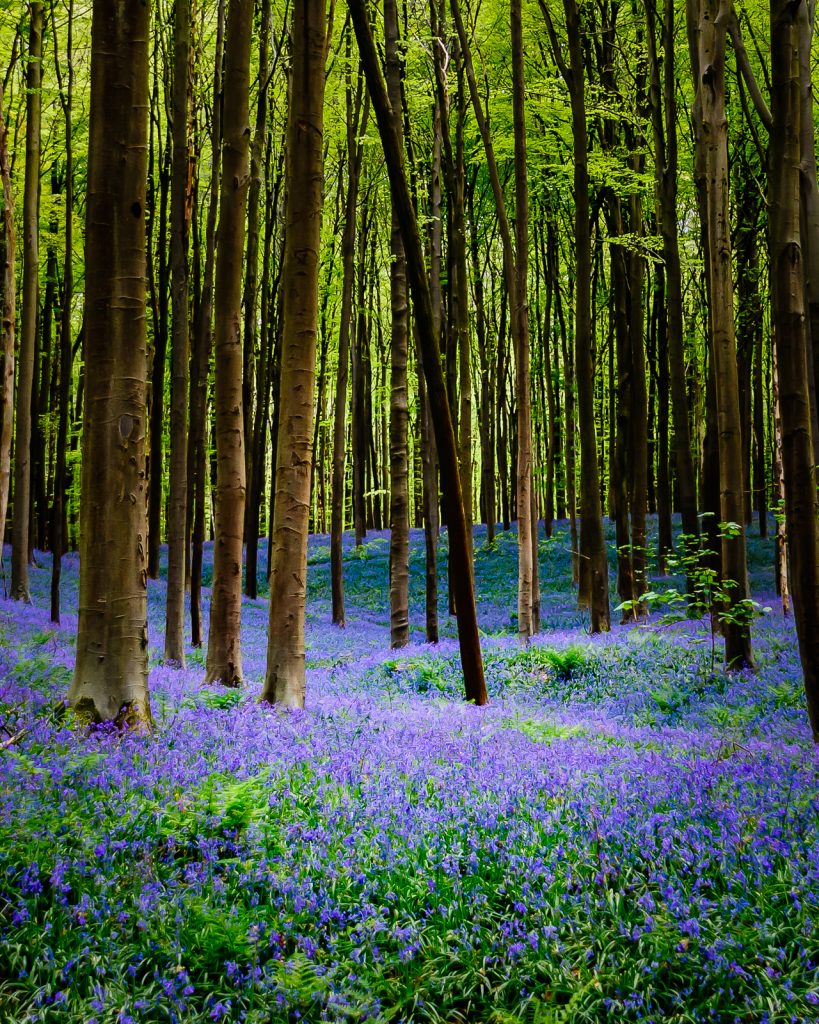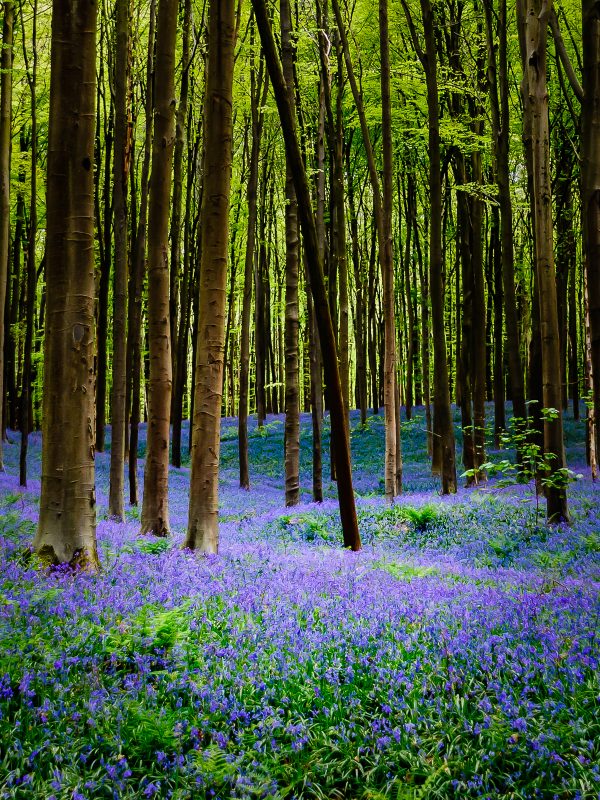In a week of celebrating Belgian nature, it would border on criminal neglect to omit the Belgian forests.
I like forests as much as the next person. Notwithstanding, I suffer from an abiding inability to distinguish one forest from another. The ‘real’ Belgian forest lover, on the other hand, suffers no such weakness of the spirit or feebleness of the mind.
He gladly drives 300 km to walk in a different forest every weekend. To his mind, it is a unique forest; to mine, one that looks the identical twin of the one behind his house.
I do not pass judgement, or at least I shouldn’t. Similar behavioural disorders flourish among Norwegians, too. However, with us, it is more often near-identical mountain-tops instead of doppelgänger forests.
As I have tried to immerse myself in the Belgian nature enthusiast’s mindset, I have started to take greater pleasure from the forest.
My eyes, formerly accustomed to, and therefore, expecting crude topography has in time become more sympathetic to the subtle beauty of the forest; the forest floor; the underbrush; the canopies—and the continually changing interplay of light and shadow.
Living on Brussels’ southern fringe, my ‘goto’ forest has become the Sonian Wood.
True connoisseurs of arboreal recreation, may find this forest too urbane for their discerning tastes. But… there is something to be said for a large forest, within cycling distance of a capital city.
That the Belgians mainly have managed to keep this forest free of the ever-expanding footprint of ‘progress’ does them great credit. Elsewhere this would quickly have fallen victim to urban sprawl.
One Belgian forest that not even the most ardent defender of orthodox forest walks can find fault with, regardless of its proximity to Brussels, is the Hallerbos.
For a brief time about the middle of April, this forest comes alive with purple and bright green.
Due to the restrictions on movement, I could not stray here during the flowering season this year, but I place my faith in what will hopefully be a more liberal 2021.


Comments are closed